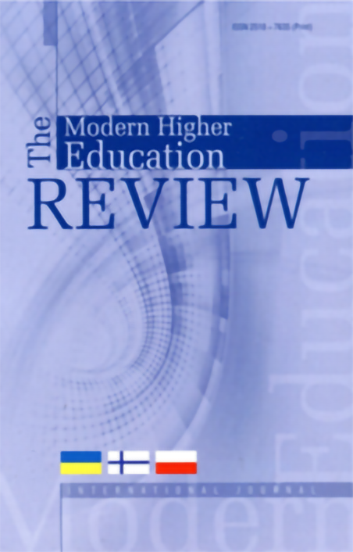COMPUTER-BASED TESTING: A NECESSARY EVIL OR A SENSIBLE CHOICE?
DOI:
https://doi.org/10.28925/2518-7635.2020.5.10Abstract
For many students and teachers working in online environments during the current pandemic crisis, the use of computers for educational testing is often an unavoidable predicament. This may be due to the fact that computer- based materials are not merely a useful addition to the learning and teaching resources, but rather the only option available. However, although in some contexts computers may indeed be a significant hindrance to test developers and test takers alike, they actually offer a number of substantial benefits.
It is also worth pointing out that, by and large, educational tests delivered through online platforms with the aim of measuring progress and achievement in learning have a lot in common with traditional paper-based tests. This article is thus an attempt at balancing the advantages and disadvantages of computerized testing with a view to finding out whether this mode of testing can be recommended as the preferred choice. Based mainly on a literature review of research and practice in the area of computerized and online educational testing, the paper provides a synthesis of key issues relevant to using electronic devices for the purpose of constructing, administering, and analyzing tests and assessments. In particular, the discussion focuses on the models of test administration, the merits and demerits of computer-assisted testing, the comparability of paper-based and computer-based test scores, as well as selected features of web-based testing systems, such as text-to-items converters, test generators, full-screen delivery mode, automated scoring (and human verification thereof), score reporting, feedback, as well as quantitative analysis of test scores. The article also puts forward some arguments in favour of developing one’s own testing application.













